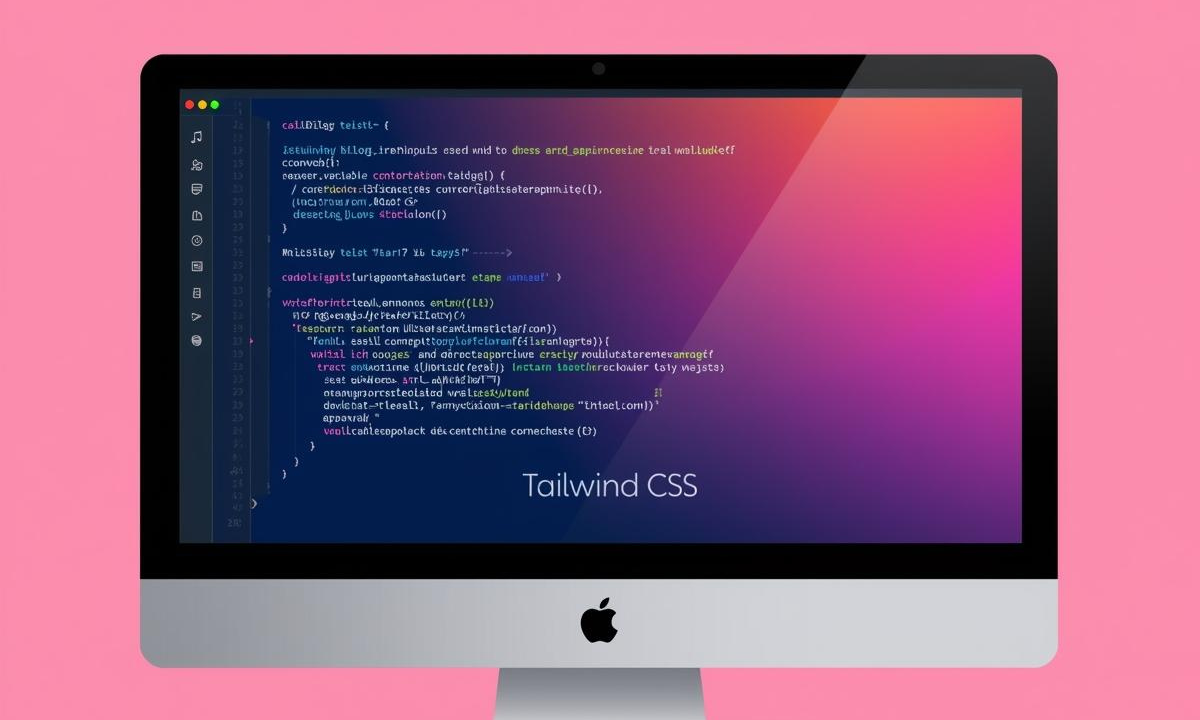What Is LLMs.txt? A Comprehensive Guide for Webmasters
In the rapidly evolving digital landscape, where artificial intelligence plays an increasingly central role, webmasters face new challenges and opportunities. One emerging tool gaining traction is the LLMs.txt file, designed specifically to bridge the gap between websites and large language models (LLMs). This guide delves into what LLMs.txt entails, its significance, practical implementation, and why adopting it now positions sites advantageously for the future.
Understanding LLMs.txt
LLMs.txt is a simple Markdown file hosted at the root of a website, typically accessible via a URL like https://example.com/llms.txt. It serves as a structured summary or directory of a site’s key content, tailored to assist AI systems in comprehending and utilizing the information more effectively. Unlike traditional files such as robots.txt, which primarily instruct search engine crawlers on what to index or ignore, LLMs.txt focuses on providing contextual guidance for AI models during inference— the process where LLMs generate responses based on learned data.
The concept draws inspiration from established web standards but adapts them for the AI era. Proposed as a lightweight protocol, it uses basic Markdown formatting, such as H2 headers, to organize links to essential pages, documentation, or resources. This setup ensures that LLMs can quickly grasp the site’s structure and purpose without exhaustive crawling. For instance, the official LLMs.txt proposal outlines its foundational principles, emphasizing simplicity and accessibility.
Why LLMs.txt Matters for Webmasters
As AI continues to revolutionize SEO and integrate deeper into everyday tools like search engines, chatbots, and content generators, the way websites present themselves to these systems becomes crucial. LLMs.txt empowers webmasters to influence how their content is interpreted and represented in AI outputs. Without such a file, AI models might misinterpret or overlook important details, leading to inaccurate summaries or reduced visibility in AI-driven results.
One key benefit lies in enhancing discoverability. Traditional SEO focuses on human users and search algorithms, but with LLMs increasingly powering query responses—think of tools like ChatGPT or AI-enhanced Google searches—sites optimized for AI stand out. Implementing LLMs.txt signals to developers and AI integrators that a site is AI-friendly, potentially boosting its inclusion in model training or real-time inferences.
Moreover, it addresses privacy and control concerns. Webmasters can specify preferred usage guidelines, such as linking back to sources or avoiding certain misrepresentations, fostering ethical AI interactions. In an era where data scraping for AI training raises debates, this file acts as a proactive measure to guide responsible use.
Practical Examples of LLMs.txt
To illustrate, consider a basic LLMs.txt file for a tech blog:
## About
This site provides in-depth articles on web development and AI trends.
## Key Resources
- [Home Page](https://example.com/)
- [AI Guides](https://example.com/ai-guides)
- [SEO Tips](https://example.com/seo-tips)
## Usage Guidelines
Please attribute content to Example.com when referencing.
This example uses headers to categorize information, making it easy for LLMs to parse. For an e-commerce site, it might highlight product catalogs or FAQs:
## Products
- [Electronics](https://example.com/electronics)
- [Apparel](https://example.com/apparel)
## Policies
- Shipping info: Free for orders over $50.
- Returns: 30-day policy.
Such structures help AI assistants provide accurate, context-aware responses. For more advanced implementations, sites like documentation hubs can include API endpoints or version histories, ensuring LLMs reference the most current data.
Best Practices for Implementing LLMs.txt
Creating an effective LLMs.txt requires thoughtful design to maximize its utility. Start by keeping the file concise—aim for under 1,000 words to avoid overwhelming AI parsers. Use clear, descriptive headers and absolute URLs for links to prevent resolution issues.
Regular updates are essential; treat it like a sitemap by refreshing it whenever significant content changes occur. Validate the Markdown syntax to ensure compatibility, as malformed files could be ignored by AI crawlers.
Placement is straightforward: Upload the file to the site’s root directory, similar to robots.txt. Test accessibility by visiting the URL directly in a browser. For WordPress users, plugins are emerging to automate generation, as noted in resources like Ahrefs’ detailed overview.
Integrate it with existing SEO strategies. While not a replacement for robots.txt, combining them allows control over both traditional crawlers and AI agents. Monitor analytics to track AI bot visits, adjusting the file based on observed interactions.
Avoid common pitfalls, such as overloading with irrelevant links or using complex formatting. The goal is clarity, not comprehensiveness—point to hubs rather than every page.
Preparing for an AI-Dominated Future
Looking ahead, as LLMs eclipse traditional search engines in user interactions, early adoption of LLMs.txt could prove transformative. Projections indicate that by 2030, a significant portion of online queries will be handled by AI interfaces, where direct site visits give way to synthesized answers.
By establishing this file now, webmasters ensure their content remains relevant and accurately portrayed in these ecosystems. It mitigates risks of content dilution, where AI might paraphrase or combine sources without proper attribution. Furthermore, it positions sites as forward-thinking, attracting collaborations with AI developers.
Insights from industry discussions, such as those in Search Engine Land’s coverage, highlight how standards like LLMs.txt could evolve into de facto requirements for AI visibility. In essence, it’s an investment in longevity, adapting to a world where machines mediate information flow.
For deeper technical insights, explore Firecrawl’s tutorial on creation, which offers step-by-step instructions adaptable to various platforms.
Conclusion
LLMs.txt represents a pivotal step in harmonizing websites with the AI revolution. By understanding its mechanics, embracing its benefits, and following best practices, webmasters can enhance their site’s AI compatibility today while securing advantages for tomorrow. As the web shifts toward intelligent interactions, this unassuming file could become as indispensable as its predecessors. Start implementing one on your site to stay ahead in the evolving digital arena.






